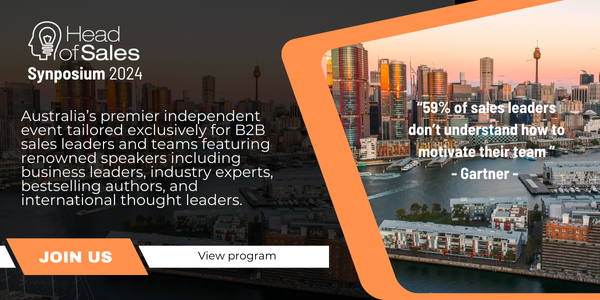Ever been involved in a first meeting that was a bit awkward or didn’t go quite so well?
Then you know the importance of getting these first meetings off to a good start.
Taking deliberate steps to build rapport has been proven to significantly increase your chances of reaching an agreement.

Whether you’ve finally scored that elusive meeting to meet with the ‘perfect whale’ of a prospect or they fall into the ‘small-is-sweet’ category, it doesn’t really matter. If you have a first meeting booked, you’re going to need to impress, and I think one of the best ways to impress is to differentiate yourself early on. Here are some strategies I can suggest that use a combination of LinkedIn as well as more ‘traditional’ sales skills to set you up for a greater level of first meeting success.
Step 1 – About a week prior to the meeting, view their profile and take notes in preparation, not least because it will send them a notification that ‘you’ve viewed their profile’. This, in turn, will be likely to drive a return visit to your profile, building some nice familiarity prior to your meeting. If your profile is set up correctly they will learn, with only a quick view, where your areas of expertise are and whom you’ve helped previously, as well as, what sort of outcomes they might expect from engaging with you. – A good strategy.

Step 2 – 48-24hrs prior to the meeting, send a connection request. Example. “Hi Gary, We are scheduled to meet the day after tomorrow to talk about widgets, just made sense to reach out for a connection to make it easier for you to leverage some of our previous work or perhaps some common connections and contacts. Hope you agree”
Step 2a – If you were NOT successful in connecting prior to the actual meeting don’t worry. During the meeting, explain that you use LinkedIn as a CRM/ business card-style tool to manage your important contacts and that you would like to connect, would they agree to a connection request? – They will always say ‘Yes’. Politely say, if I haven’t sent you one already I’ll make sure you have one very shortly’.
Step 3 – Rapport building strategies. Building rapport is NOT about deliberately pretending you are something you are not in order to ‘win over the client’ this is misleading and sets the relationship up for a false start. Relationships based on falsehoods are to be avoided. – DO NOT DO THIS. Instead look for genuine areas where you can maximise SAMENESS between you and them and minimise any DIFFERENCEs.
Example 1 – They went to public school, yet you went to private? = Difference. Don’t talk schools. Find something else. However, if you both went to private schools in a similar area you might leverage the possibility that your prospect might know such-and-such from his days at ‘old-boy’ college.

Example 2 – If you’re both from the country now living in the city, (very common), you might ask how long ago or how they became a city person, outlining that you too moved to the city from the country. Each scenario is completely different and using LinkedIn in advance helps provides you with some strategies which are much more likely to increase the levels of sameness and limit the amount of difference, therefore, setting you up for a better start to your first meeting.
Step 4 – Make sure you reach out via AT LEAST one of the following.
- Inmail outlining the common connections, opportunity for them to get a referral, reference of your previous work. (Details on how to do that here). This helps them to build confidence in your ability and provides comfort in their potential decision to chose you as a supplier.
- Provide a case study or ‘TAG’ them in a similar post from a thought leader which talks about a similar topic or strategy that you’re about to meet with them to discuss.
This shows that you’re thinking about the client and their issues and you’re trying to provide some extra ‘insight’ or ‘value’. Makes initial communication easy and we know the more you and your prospect/client get communicating the more information you will be able to glean over time. This will help you provide the absolute best solution for them. This is a good thing.

Step 5 – Optional/ Advanced. Post meeting, provide a genuine LinkedIn recommendation, leverages terrific levels of reciprocity AS LONG AS IT IS GENUINE. Recommendations on LinkedIn are not ‘old-school’ employment style references. (who said they were anyway)? So something simple can work very well. Such as “We met with Gary and his team to discuss their widget requirements. I was very impressed with the depth of knowledge he and the team had around their specific situation and the obviously very high level of research they’d done on potential suppliers, including us. If all my clients did this level of research prior to a meeting, these great conversations would lead to higher quality business outcomes. We really appreciated the levels of preparation they’d done before the meeting. A very professional approach, which is not widely seen” WARNING. Must be genuine to work.
Whilst it’s important to build rapport, don’t go too overboard. One of my favourite sayings from Dean Mannix is “EXPERTS always get paid more than friends”. Don’t fall into the ‘friend zone’.
P.S. Trust is the combination of rapport and credibility. Deliberately building credibility is an important part of first meetings. More on that in another blog post.





























